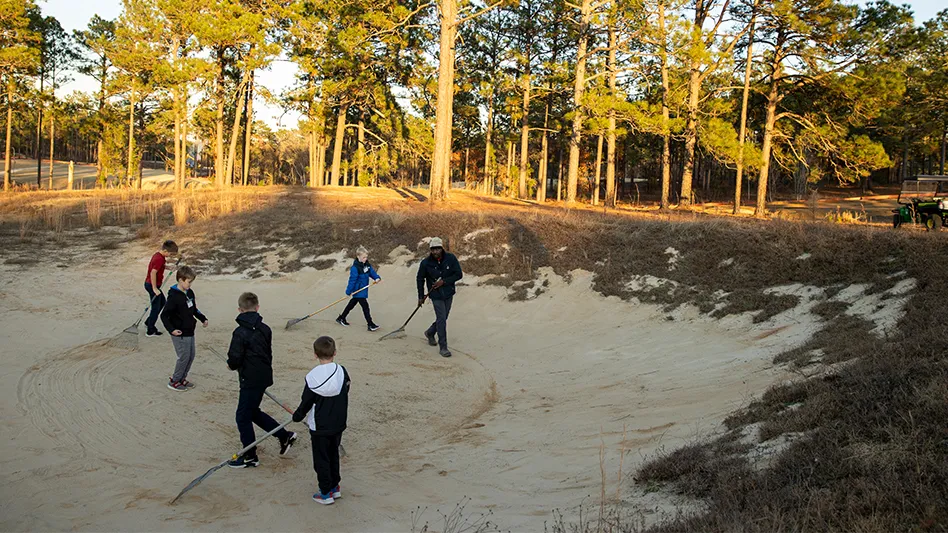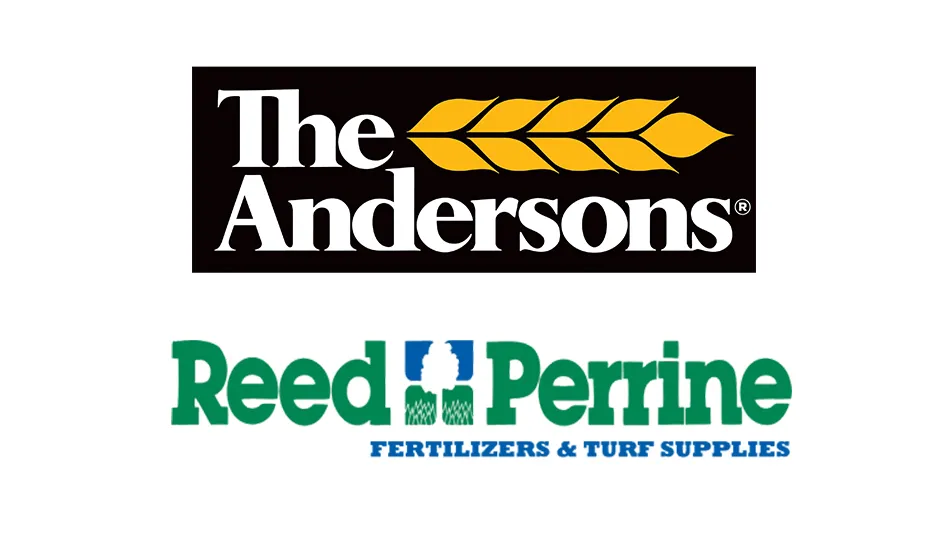
Judd Spicer
The first Golf Industry Show session on kikuyugrass didn’t prove as sticky as the aggressive perennial itself.
Moderated by Pat Gross, USGA Green Section West Region agronomist, the educational "Kikuyugrass from A to Z" session brought together a six-person panel, along with several dozen dedicated attendees eager to query about management practices for kikuyu, which is classified as a noxious weed by the U.S. federal government.
A native of East Africa, kikuyugrass was first seen domestically on California courses in the early 1920s, and continues to define the playing style of some of SoCal’s top tracks, most notably Riviera Country Club. For bitter or better, kikuyu excels in warm, dry and low-humidity climates, and maintains a fickle reputation with both course operators and players alike.
While kikuyu keeps its color in cooler weather and proves readily drought-tolerant, its thatchy, competitive nature proves a frustration for superintendents.
Detailing his management practices, Patrick J. Gradoville, CGCS, director of golf course grounds at Palos Verdes Golf Club, began his own presentation by holding aloft a long strand of kikuyu for the room. As kikuyu's spongy texture makes touch shots tough on mid- to high-handicappers, Gradoville explained a recent short game change at Palos Verdes.
“We did a bunker renovation in 2013, and one of the big things we did was add chipping areas to the surrounds of the greens,” he said. “We used to have the kikuyu which came right up to the edge of the greens, and the golfer had no shot. It would always be a 56- or 58-degree flop shot. Now, around the greens, players have all sorts of options. It just makes the golf course a lot more fun.”
Detailing mowing practices at Palos Verdes, a 1924 design from George C. Thomas and Billy Bell, Gradoville continued: “Fairways are mowed at half-an-inch. I’ve got it down lower, but the problem we’ve got is that our course is very hilly and rolling, so the ball would hit the top of a slope and roll all the way back down, which doesn’t serve most of our players well. We’ve tried mowing an intermediate cut on fairways, but that proved super labor-intensive. Roughs are at 2.5 inches. I think that’s way too penal, but they like the definition between the fairway and the rough.”
Discussing cultural practices for his aerification and topdressing portion of the presentation, Gradoville explained how he and his team have found success managing kikuyu’s thatchyness.
“Go three-quarters of an inch a couple times a year. We’ll put the sand down first, then aerify on top of it,” he said. “We’ve got recycled water coming in sometime in the next two or three years, so I’m trying to build up a sand layer. The sand really, really helps. It helps dilute thatch, and it helps the fairway play a little firmer. It’s also much drier now in the morning. Before we started topdressing, they were always wet in the morning. Balls wouldn’t necessarily plug, but it was close.”
Judd Spicer is a Palm Desert, Calif.-based writer and frequent GCI contributor.
Latest from Golf Course Industry
- USGA opens Golf House Pinehurst
- Bernhard Academy expands leadership team
- Another record year for research
- The Highlands pays more homage to Ross
- Audubon International adds veteran superintendent to leadership team
- South Florida simmer
- Devising safer landings
- SiteOne adds Durentis to product offerings





